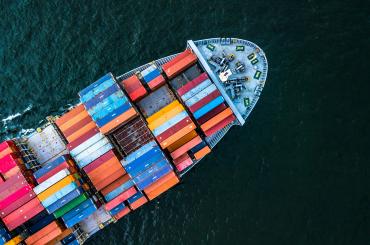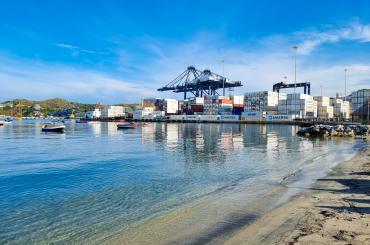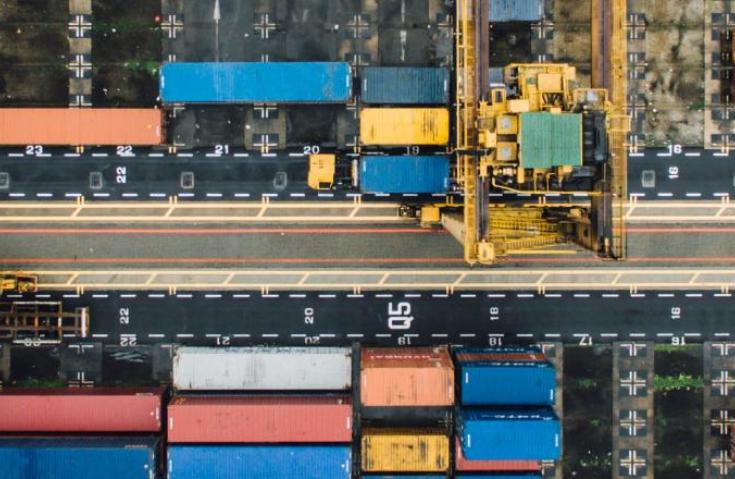
Trade
-
International Trade: Issue 2
-

How illicit animal trade can drive disease transmission—and how policy can help prevent it
New research sheds light on how illegal animal trade contributes to disease transmission, and shows how robust border inspections can effectively curb this impact.
-

How Uruguay’s beef exports to China reshaped its economy
A surge in beef exports to China triggered widespread growth in Uruguay’s service sector.
-

US tariffs on Bangladesh threaten decades of economic and social progress
The US has imposed a 37% tariff on Bangladeshi garment exports, a sector that employs more than 4 million people. Rigorous evidence shows that export-led manufacturing in Bangladesh has boosted female labour force participation, increased girls education and delayed marriage. This trade shock could reverse decades of economic and welfare gains for Bangladeshi women and girls.
-

How did global trade drive the shift to modern farming?
By facilitating access to critical agricultural inputs such as chemical fertilisers and farm machinery, trade has spurred agricultural modernisation that has raised agricultural yields and increased food consumption worldwide.
-

Trade and the environment: How Vietnam gained from the US-China trade war
Contrary to the Pollution Haven hypothesis, air quality did not deteriorate in Vietnamese cities where urban economic growth has been most rapid. How did Vietnam decouple growth from environmental degradation? And what lessons are there for other dev...
-

How can emerging economies break free from the sidelines of global trade?
The second episode of Development Dialogues covers how developing countries have engaged with global trade. How have their approaches to trade differed based on their underlying institutional and economic structure? What has been the impact on their economies and how might Trump's presidency shape the future of global trade?
-

Digital reforms at Colombian ports: A win-win for growth and tax revenues
Computerising customs at Colombia’s major ports boosted trade, reduced corruption, improved firm performance, and increased tax collections.
-

Why are cement prices high but falling in Africa?
Africa has the highest price of cement of any continent, but both its price and markup have fallen dramatically since 2011. Evidence suggests market size may explain this phenomenon.
